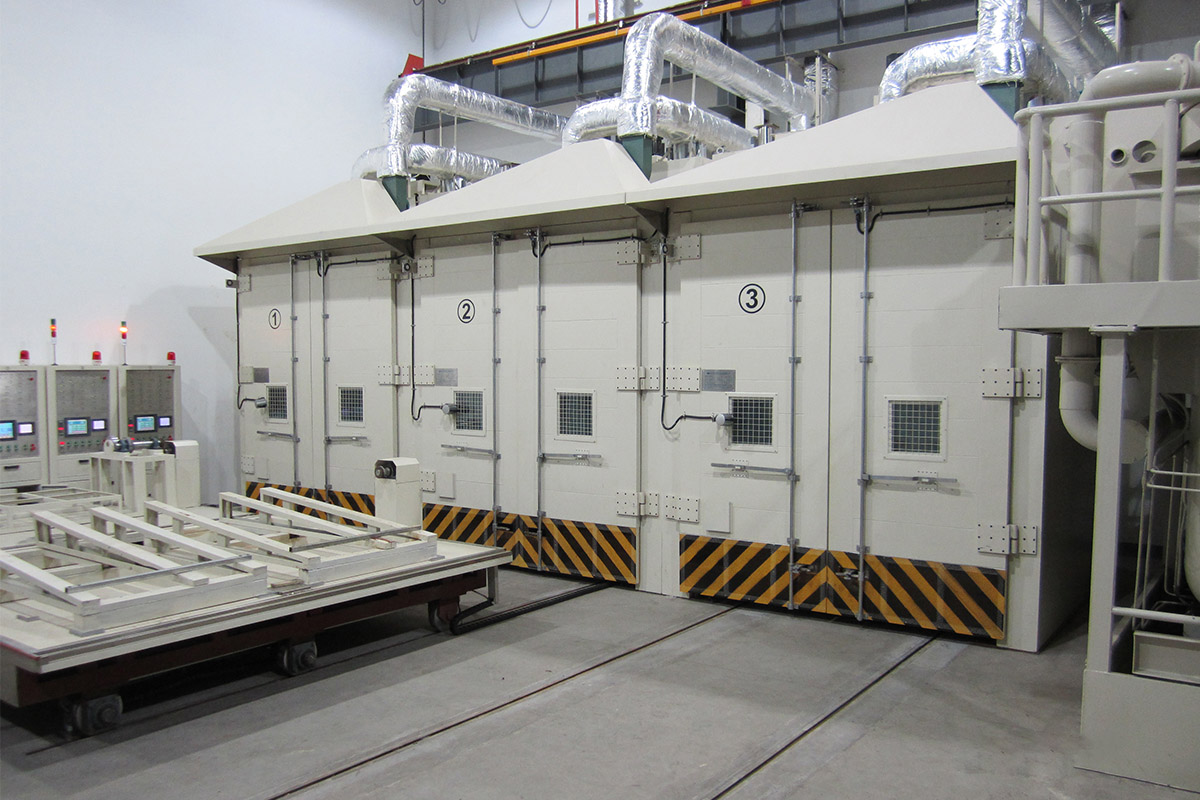Explosion-proof Ovens are essential thermal processing equipment in hazardous environments, such as petrochemical plants, battery manufacturing lines, laboratories, and pharmaceutical facilities. In these settings, the presence of flammable gases, vapors, or powders means that even a minor spark or uncontrolled rise in temperature can lead to devastating consequences. To mitigate such risks, explosion-proof Ovens are engineered with robust safety mechanisms that go far beyond standard Industrial Ovens.
Below, we explore the core safety features that define a high-quality explosion-proof oven.

1. Flameproof Electrical Circuit Design
One of the primary sources of ignition in Industrial Ovens is electrical components. In an explosion-proof oven, all electrical connections, switches, heaters, and sensors are enclosed within flameproof (Ex d-rated) housings. These housings can withstand internal explosions and prevent the flame or spark from igniting external explosive atmospheres.
Moreover, all cables and conduits are routed through sealed flameproof glands, ensuring no leakage of flammable gas into sensitive components.
2. Explosion-Resistant Chamber Structure
The oven body is built using thick-walled, high-strength steel capable of withstanding internal overpressure in the event of a blast. This chamber structure often incorporates multi-layer insulation to reduce surface temperature, minimizing the risk of ignition from external sources.
In advanced models, the interior may include rounded corners and pressure-dissipating linings to avoid hotspots and promote uniform heat distribution.
3. Pressure Relief and Venting System
A hallmark of explosion-proof oven design is the inclusion of a pressure relief device, such as a blast vent or rupture panel. This mechanism safely releases excess pressure in the event of internal gas buildup or ignition, preventing structural damage or injury.
Some ovens are equipped with self-resetting vent systems or fail-safe mechanical valves, which help return the oven to standby mode safely after an incident.
4. Explosion-Proof Door Mechanism
The oven door is typically designed with automatic locking systems that prevent it from being opened during operation. These locks engage when the oven is running and only release after the internal temperature and pressure are within safe limits.
High-grade explosion-proof ovens also feature reinforced hinges, multi-layer sealing, and gasket materials resistant to heat and corrosion, all contributing to enhanced structural integrity under pressure.
5. Advanced Temperature Control and Overheat Protection
Precise control of temperature is vital in explosion-sensitive environments. A high-quality explosion-proof oven is fitted with multiple thermocouples or RTDs (resistance temperature detectors) to ensure uniform heating and real-time feedback.
To prevent thermal runaway, these ovens include:
Independent over-temperature protection systems
Emergency shut-off circuits
Programmable logic controllers (PLCs) with safety interlocks
In the event of overheating, the system will automatically cut off power to the heating elements and trigger an alarm.
6. Intrinsically Safe Control Panel
The control panel is often located outside the hazardous zone or placed in an intrinsically safe (Ex i-rated) enclosure. This ensures that user interfaces, touchscreen displays, or control switches cannot become sources of ignition.
Remote monitoring and data logging may also be integrated via explosion-proof Ethernet or wireless communication systems.
7. Ventilation and Air Purification Systems
To prevent accumulation of flammable gases or vapors, explosion-proof ovens are equipped with forced ventilation systems using explosion-proof fans. These systems maintain constant airflow and often include HEPA or chemical filters to remove volatile compounds from the chamber.
Some models offer inert gas purging using nitrogen or argon to displace oxygen inside the chamber before the heating cycle begins.
8. Grounding and Static Elimination
Static discharge is a hidden danger in many processing environments. A high-quality explosion-proof oven includes integrated grounding systems, anti-static mats, or conductive coatings to dissipate electrostatic charges safely.
Safety is not optional when dealing with potentially explosive environments. A high-quality explosion-proof oven is not only defined by its performance but also by its comprehensive safety architecture, designed to protect both personnel and facilities.








